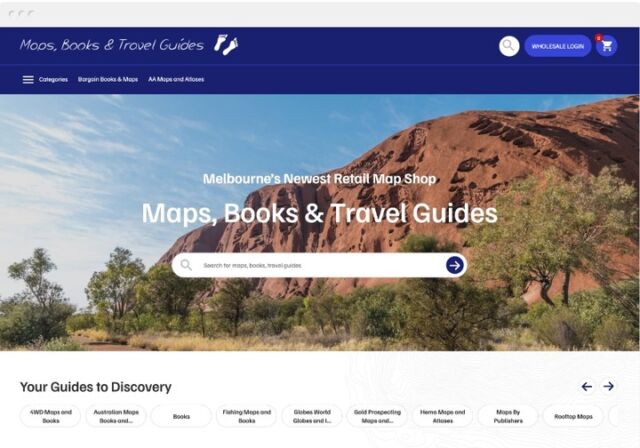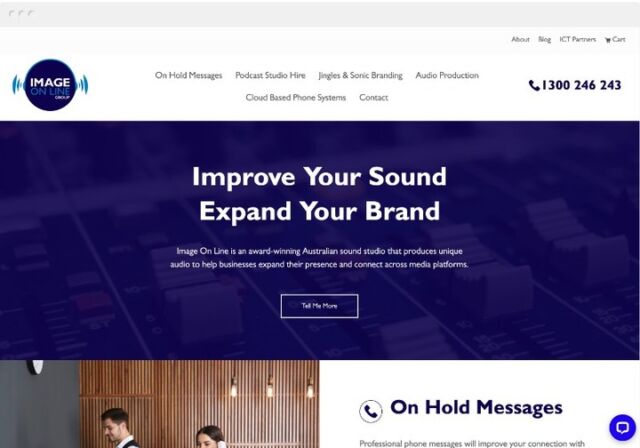It is safe to say that most of us are addicted to our smartphones. For most people, the smartphone is the first thing they check when getting out of bed. We live through our smartphones – banking, email, and even games have taken over the mobile realm. 80% of Australian internet users search from their smartphones. It’s no surprise that mobile SEO is now incredibly important and, with it, AMP. AMP is fast becoming one of the most important aspects of a website, new or old. With Google focusing more and more on mobile-first optimisation and popular SEO programs like SEMRush soon to list non-AMP pages as an SEO warning – or, worse, an error – you can see why the industry is focused on AMP functionality. But what is AMP exactly and why, really, is it so important? Join BSO Digital as we take you through the basics!
What is AMP?
AMP is a Google-led, open source project known as Accelerated Mobile Pages. It has one goal – to load your webpages as fast as possible. It is a program that has been in development for some time now. AMP is even more important after the release of amp-bind, a Javascript library that adds interactivity to your AMP pages. This means AMP can now be applied to eCommerce pages rather than just static pages.
Google AMP or Facebook Instant Articles?
You may have seen both “Google AMP” and “Google Instant” thrown around online and are understandably confused as to the difference. The reality is, there is no difference. Google has been experimenting with a different, more user friendly, label for AMP – Instant. Many theorise that the label is inspired by Facebook’s “Instant articles”. It could be a rare moment of consistency between the two internet moguls. And frankly, the term “instant” makes more sense for the average internet user.
What About Progressive Web Apps? (PWAs)
PWA or Progressive Web App is an application that works on seamlessly converting web content to mobile. It creates the feeling that the user is accessing your content through a native app, with excellent speed and responsiveness. AMP pages are integral to ensuring PWAs work appropriately.
Google and AMP
AMP is clearly more important than ever with Google, with the announcement of Google’s new service AMP Client ID API. This program allows you as a website owner to track your customer’s journey over Google’s search pages. While it was already possible to track a user’s journey over AMP and non-AMP pages, your domain can now “talk” to Google as well, giving you a full understanding of the journey from search result to your website. By employing both API and Google Analytics, you can discover new insights such as whether users visited you via an AMP page on Google or from elsewhere. This will allow you to adjust and optimise your website in order to improve ranking, domain authority and bounce rates.
AMP For eCommerce – Is It Ready?
In a short answer, yes. Winter of 2017 saw eBay launch 8 million AMP pages, proving AMP is ready for eCommerce pages and uses. AMP loads fast, and it’s clean and crisp on smartphones (and other mobile devices). So it makes sense, at least from a UX perspective, that AMP should be used more. In fact, there are cases already showing that AMP actually improved conversion for products over regular webpages. With AMP already in full swing for online products – and AMP for recipes also already employed – it makes sense to make the switch sooner rather than later.
Automatic AMP Google?
With the importance of AMP clear, many might be wondering if there is an automatic way to convert non-AMP pages to AMP. At the moment there is no automatic process to convert AMP and you will need to speak to your web developer to make your website AMP friendly. However there is speculation in the industry that Google may be looking for a way to automatically convert non-AMP to AMP pages. However, for now, this is just an industry theory.
What About HTTPS – AMP SEO?
We have mentioned in the past the importance of https to protect your customers and your website. And it is no secret that Google sees the transferral of all webpages to https as the ultimate priority. Which is why it isn’t a surprise that Google wants you to ensure AMP pages are served over HTTPS. During a conference in November 2016, Google’s Maile Ohye outright told conference members that having a website on HTTPS was going to be a requirement for Progressive Web Apps and AMP functionality on pages. So it is important, when seeking to optimise your website for AMP, that you ensure you also use HTTPS.
AMP is the way of the future, delivering lightning fast results to the all-important mobile market. If you want to find out how AMP can improve your conversion rate, contact BSO Digital today by calling 1300 88 4865 or requesting a free quote!
We can help you AMP optimise your website. Further, our maintenance plans can help you focus on improving your content and SEO for the best mobile experience.















